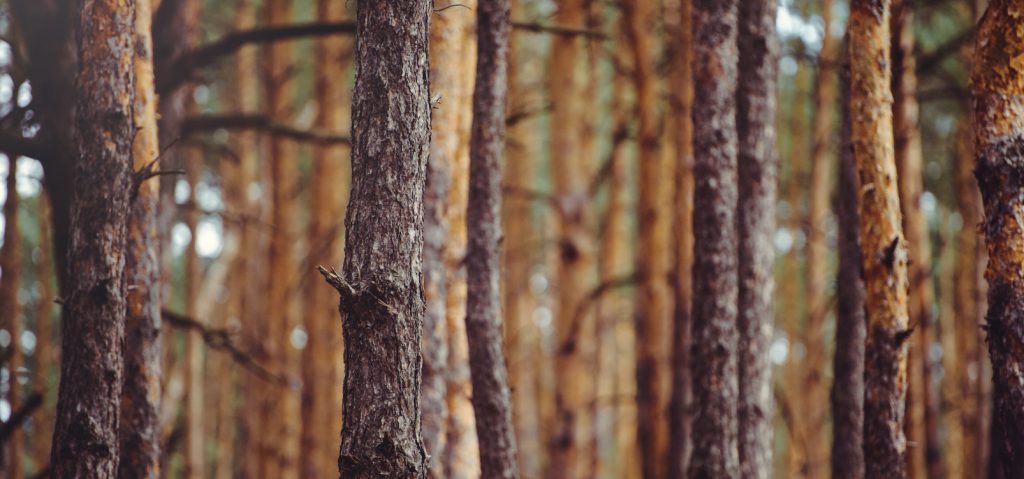Sustainably sourced biomass is a key player in the global energy transition

This week our usual critics published an updated version of their annual “investigation,” where they follow trucks from Enviva mills back to harvest sites in an attempt to prove that the biomass industry generally – and Enviva specifically – is singlehandedly responsible for devastation in the forests of the U.S. Southeast.
Let’s be clear: as the Executive Director of the Dogwood Alliance outlined in a recent op-ed in The Hill, this is part of a much broader campaign to end commercial logging altogether – and the roughly 2 million jobs supported by the industry – no matter whether the forest products are used for construction, sustainable packaging, or renewable energy.
But where’s the devastation?
It’s a serious question: I am an environmentalist, and I care deeply about the future of this planet, as does each and every one of my colleagues. We are facing a climate crisis and it’s up to every one of us to do everything we can to stop it. Forests play a critical role – they are important stores of carbon, and if we’re going to mitigate the climate crisis, we’ve got to keep them that way. So, if this devastation were truly happening, I’d work as hard as I could to stop it. But it’s not.
What these groups won’t tell you is that the rate of regrowth in the U.S. South actually exceeds the rate of harvest in these working forests. Forests in the Southeastern U.S. are adding carbon year over year – even while they provide 1/6 of the forest products that are used globally every year. And if you zoom in to Enviva’s sourcing regions, you see that the same thing holds true in the specific regions where Enviva operates – every year from 2011, when Enviva established its first U.S. mill, there has been more carbon in the forest than there was the year before.
So where’s the devastation?
The working forests in this region are providing livelihoods for hundreds of thousands of people and forest products for humankind the world over. And they are providing a source of baseload energy that can replace coal and enable an orderly transition to a renewable economy – all while continuing to store more carbon year over year. That’s absolutely amazing.
No, really, where’s the devastation?
Enviva created its Track & Trace® system to ensure that we could track each and every one of the loads that is delivered to our mills – in much the same way our critics track our suppliers’ trucks back to the forest when they conduct their “investigations”. What you’ll find is that clearcut harvest is the standard forestry practice in the Southeast U.S. Properly done, clearcuts create good conditions for replanting, which encourages landowners to continue keeping that land in forest cover. Enviva is committed to ensuring that we don’t contribute to deforestation, so we will never source from any area that won’t regenerate as forest.
And the devastation?
From our Track & Trace dataset (which is available publicly on our website, for anyone to access), we know that the new tract noted this year in the updated “report” is a 70-acre tract in a privately-owned mixed pine/ hardwood upland forest. Enviva took wood comprising about 30% of the volume from the tract. The remaining 70% of the wood went to sawmills and pulp and paper mills locally in the region as part of the integrated forest products industry. The wood we took couldn’t have gone anywhere else—sawmills won’t take trees that are too small, rotted, or crooked because that wood won’t build strong houses or make good furniture. Even pulp mills have restrictions on what they can source because of how characteristics of the log will affect paper quality. We’re the only industry in the bunch that can take almost anything, which is why we take what’s leftover on a tract. Sometimes this takes the form of whole trees, or roundwood, and sometimes it’s tops and branches.
There is absolutely nothing sensitive about the site described in this latest “investigation.” It’s the best kind of forestry, where the trees are harvested by a trained logger, using state Best Management Practices for water quality protection and where a variety of grades of forest products are generated, all going to their most appropriate local markets, and it will remain a working forest for years to come. But for some reason, it’s the kind of forestry that our critics want to end.
We do understand that for some forests, there are real concerns about sourcing in the Southeastern U.S., and that’s why we’ve committed to our Responsible Sourcing Policy. We continue to strive to be the best forest stewards possible through our joint work with partners as well as through the decisions we make about our sourcing. We’ve also made tangible commitments to transparency and to HCV protections, and to working through – collaboratively, with others — some of the thorniest landscape-scale issues facing the region today.
Every day at Enviva, our mission is to displace coal and grow more trees. We think that’s an outcome worth working hard for – if we’re successful, our grandchildren will thank us.
Yours in forest stewardship,
Jen Jenkins
